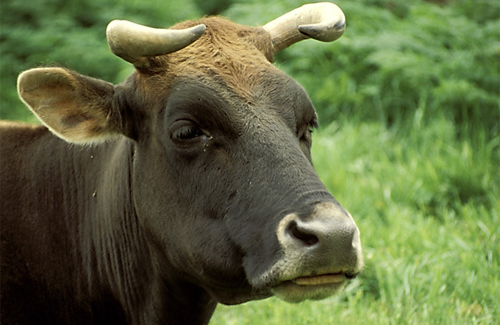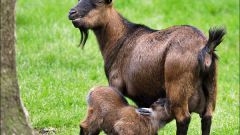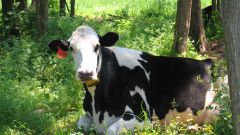Instruction
1
The importance of the content cow has a good home. Build the barn preferably made of Adobe bricks, the internal cubic capacity shall be not less than 20 cubic meters for one cow and at least 10 cubic meters per calf. The Foundation of the shed should be sturdy enough, so it is most often built of brick or rubble stone, bonding with cement mortar or concrete.
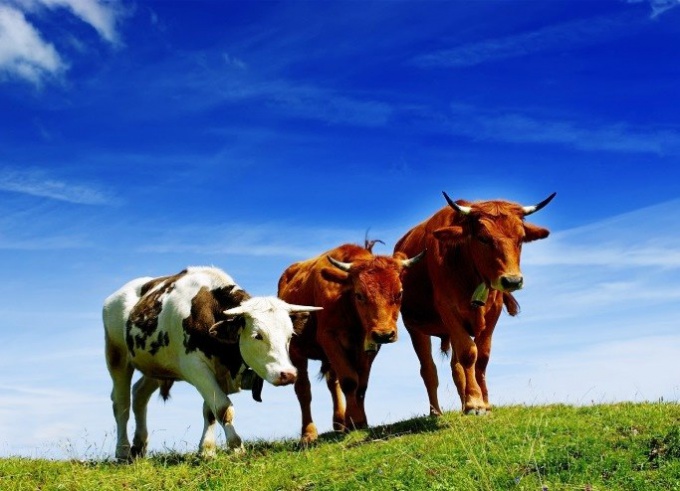
2
The walls of the barn should have heat-shielding properties, or in cold weather they will freeze. Walls built of any material you need inside plastered and whitewash. Since the walls are white in colour reflect light beams, and the barn is much lighter.
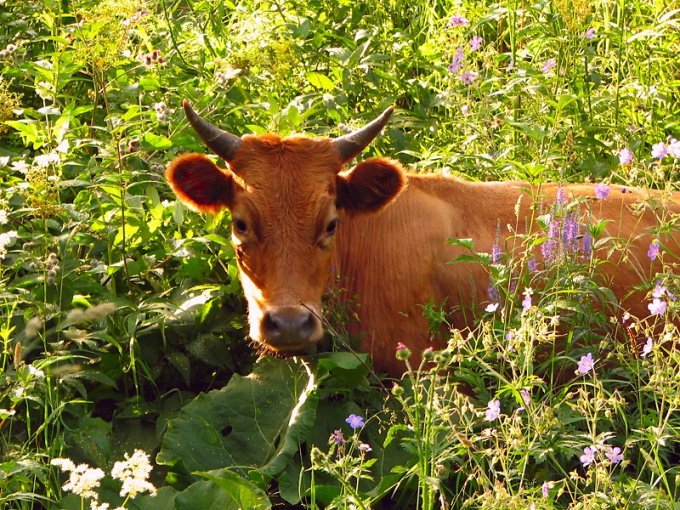
3
The floors in the barn should be dry, smooth and warm, and most importantly easy to clean from manure. Humidity depends on the properties of the floor, it needs to be waterproof. This is best suited a good wood floor, you want every three years to change, as it quickly breaks down. It is important when building to make the floors slope to drain of urine and water.
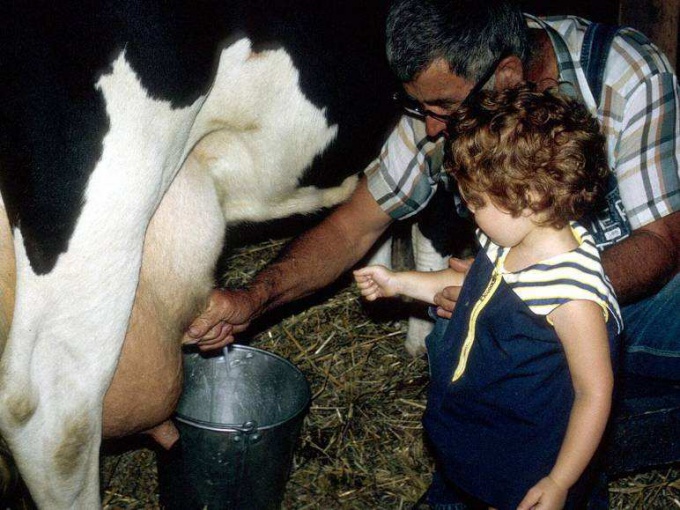
4
In the barn need to make a large stall for the cow to make it easy to maintain and feed the pet, floor space should be 2.5 square meters. Trough made of planed boards should contain about 7 kg of straw or hay. In the rack next to the feeder hammer ring, it is necessary to leash the animal. The length of the leash is a little more than one meter.
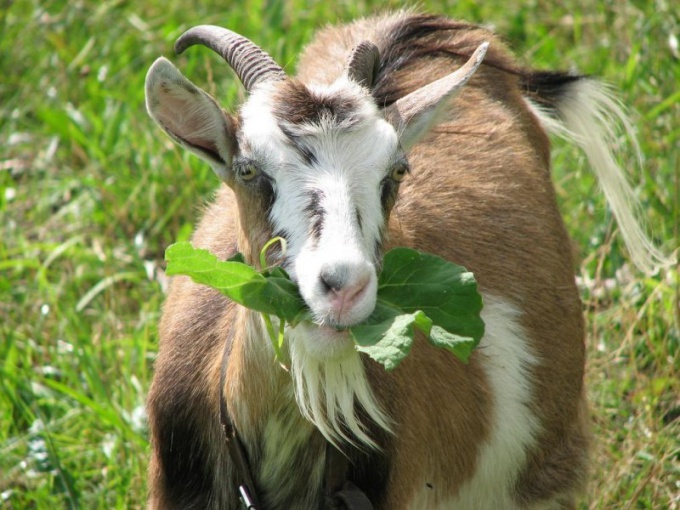
5
In the barn there should be enough fresh air and light. Therefore, regularly ventilate it. The optimum temperature for keeping cows 8-10 degrees with the vibrations of 4-20 degrees. At this temperature, the cow spends less food and energy to maintain constant body temperature and heating of the body. In the roof must be constructed chimney with damper for ventilation.
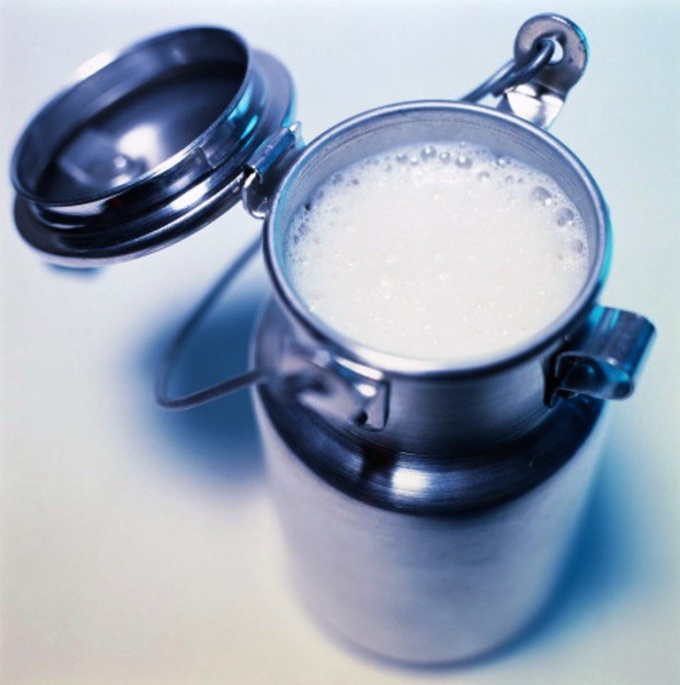
6
At the entrance to the barn make a special disinfecting Mat that can be drawn from a box of sawdust, which must be periodically moistened with solution of caustic soda or formalin. This way, you will prevent the introduction of infection. In the barn must be equipment – shovel, broom, pitchfork, broom and bucket.
7
A cow need daily brushing with a special brush in an hour after milking, it will increase her appetite and milk production. It is not necessary to clean the cow during feeding, it will lead to bad eating and bothering her. More stubborn dirt can be washed away with warm water.
8
Bedding in the stall should be free of impurities seed weeds and poisonous plants. One of the best materials for bedding is straw or dry sawdust. Regularly change the litter as contamination and moisture, if not removed, toxic gases – hydrogen sulfide and ammonia, which irritate not only the eyes and the upper respiratory tract.
9
In summer the main food of cows is grass, which can provide yield up to 15 liters of milk without any additional lures. If the cow gives a milk yield of over 15 litres should be given concentrated feed (meal, grain waste, feed, dirty leguminous and cereal crops) in the ratio of 100 g per liter of milk.
10
Observance of optimal mode of feeding, resting and grazing impact on milk productivity of cows. First of all, ensure that the intervals between milkings and feedings were the same. A cow with a yield of 15-20 liters of milk you need to milk and feed 3 times a day: at 5 am, at 13 o'clock and at 21 o'clock in the evening. Keep always present water as nadopasana animal can lead to lower milk yield.
11
In the winter to feed the cows need twice a day, constantly providing them with water from automatic drinkers. The water temperature should not be below 10 degrees. A cow weighing 500 kg every day, let 7-10 kg of good hay, 3-5 kg concentrates, 17-20 kg succulents (melons, silage, roots and tubers) and 40 g of chalk and salt. In this case, the content of cow is best for milk yield and to maintain good health.
